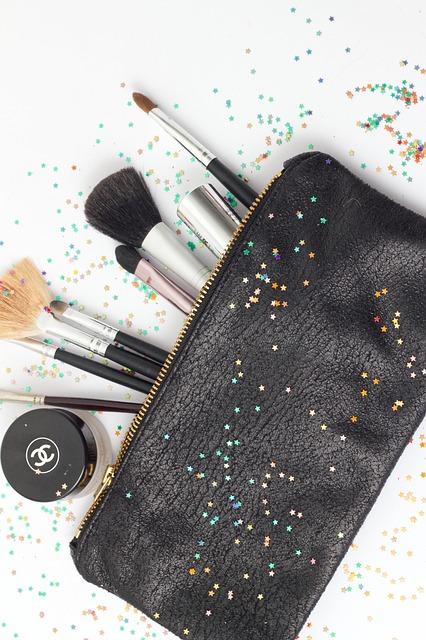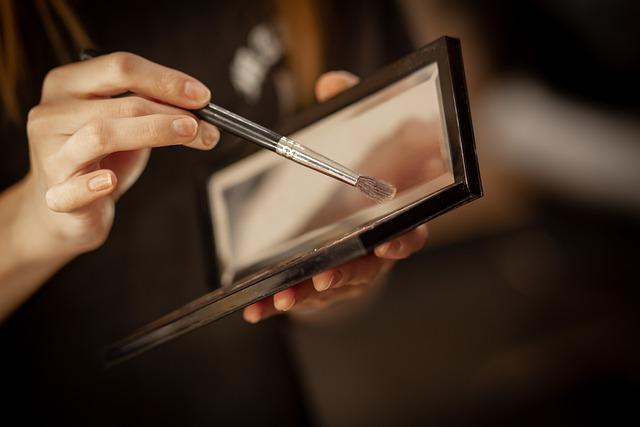Are Makeup Setting Sprays Overhyped
In the ever-evolving world of beauty, where trends rise and fall as swiftly as the stroke of a mascara wand, one product has emerged as a staple on vanities across the globe: the makeup setting spray. Promising to lock in foundation, enhance longevity, and withstand the elements, these sprays have been hailed as the secret weapon in achieving a flawless finish. But amidst the shimmer and allure, a question lingers like a whisper on a runway: Are makeup setting sprays truly the game-changer they claim to be, or are they simply another overhyped addition to our beauty arsenals? As we delve into the misty world of setting sprays, we aim to separate fact from fiction, exploring the science, the sensation, and the stories behind these enigmatic elixirs. Join us as we embark on this exploration, peeling back the layers of promise and perception to uncover the truth about makeup setting sprays.
Understanding the Hype: The Science Behind Makeup Setting Sprays
At the heart of makeup setting sprays lies a fascinating concoction of ingredients that promise to keep your look fresh and flawless. The primary function of these sprays is to act as a barrier, locking in your makeup and preventing it from melting, smudging, or fading throughout the day. Polymers are the star players here, forming a lightweight film over your skin. This film is breathable yet robust, designed to withstand the elements and everyday wear. Additionally, many setting sprays include humectants such as glycerin, which draw moisture to the skin, ensuring your makeup doesn’t dry out or crack.
Moreover, the formulation often features a blend of alcohols to speed up drying time, providing that instant set effect. However, not all setting sprays are created equal, and their efficacy can vary based on skin type and environmental factors. For instance, while alcohol-based sprays might be excellent for oily skin types seeking a matte finish, they might not be as suitable for those with dry or sensitive skin. When choosing a setting spray, consider the following:
- Skin Type: Opt for formulas that cater to your specific skin needs.
- Finish: Decide whether you prefer a dewy glow or a matte look.
- Ingredients: Look for products that include nourishing elements to complement the polymers.

Evaluating Effectiveness: Do Setting Sprays Really Extend Makeup Wear?
When it comes to makeup longevity, the claims surrounding setting sprays are nothing short of enchanting. With promises to keep your look flawless from dawn till dusk, it’s no wonder these sprays have become a staple in many beauty routines. However, the question remains: do they truly deliver on their promises? Setting sprays are designed to act as a sealant, locking in your makeup and preventing it from melting, fading, or transferring. Yet, their effectiveness can be influenced by various factors including skin type, the formulation of the spray, and even the environmental conditions you’re exposed to.
- For those with oily skin, a mattifying setting spray may help control shine and extend makeup wear.
- Individuals with dry skin might find that hydrating sprays offer a more natural finish, though they may not always prolong wear.
- In humid climates, a spray with high alcohol content might be more effective, though it could potentially dry out the skin.
Ultimately, the effectiveness of a setting spray can be as varied as the makeup looks it aims to preserve. Testing different formulas and observing how they perform under your specific conditions is key to discovering whether this beauty product is a must-have or simply another layer in your makeup routine.

Comparing Formulations: Finding the Right Setting Spray for Your Skin Type
Understanding the nuances of different setting spray formulations is key to achieving a flawless finish that complements your unique skin type. The market is brimming with options, each promising to lock in your look with precision. For those with oily skin, a mattifying spray can work wonders by controlling excess shine and ensuring your makeup stays put without slipping or sliding. Look for sprays containing ingredients like silica or clay that absorb oil effectively.
On the other hand, if you have dry skin, opt for a hydrating setting spray that infuses your skin with moisture. Ingredients such as hyaluronic acid and glycerin can help create a dewy, glowing finish while preventing your makeup from cracking or looking cakey. For sensitive skin, it’s crucial to choose formulations free from alcohol and heavy fragrances to avoid irritation. Natural extracts and soothing agents like chamomile or aloe vera can provide a calming effect. Whether you’re seeking longevity, a matte finish, or a dewy glow, there’s a setting spray tailored to meet your skin’s demands.

Expert Tips and Alternatives: When to Skip the Spray
While makeup setting sprays have become a staple in many beauty routines, there are times when it’s perfectly fine to skip them. Expert makeup artists often suggest forgoing setting sprays under certain conditions to achieve the best results without overloading the skin.
- For Dry Skin: If your skin tends to be on the drier side, consider using a hydrating primer or setting your makeup with a light mist of water instead. The alcohol content in many sprays can exacerbate dryness.
- When Using Cream Products: Cream foundations, blushes, and highlighters often have a natural staying power and can meld beautifully with the skin without the need for additional spray.
- On Casual Days: For everyday wear or when aiming for a more natural look, opt for setting powders or simply let your skin breathe without any fixatives.
Alternatives like setting powders, hydrating mists, or even using a damp beauty sponge to blend can provide the finish you’re looking for without relying solely on sprays. Each method offers its own unique benefits, and choosing the right one can depend on your skin type, the climate, and the specific look you’re aiming to achieve.
Key Takeaways
In the kaleidoscope world of beauty, where trends shimmer and fade like the changing tides, the debate over makeup setting sprays remains as vibrant as ever. Are they the unsung heroes of a flawless finish, or merely a mirage in the desert of beauty essentials? As we close the chapter on this exploration, one truth remains: the answer lies in the eyes of the beholder—or rather, the wearer. Whether you embrace the mist with open arms or view it with a skeptical eye, the journey of discovery is uniquely yours. So, venture forth, spritz in hand or not, and let your personal beauty story unfold. After all, in the art of makeup, you are both the canvas and the creator.


